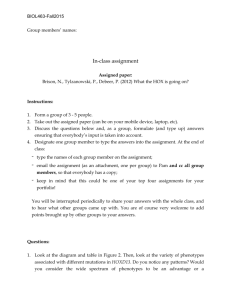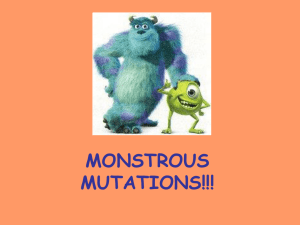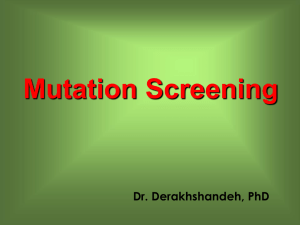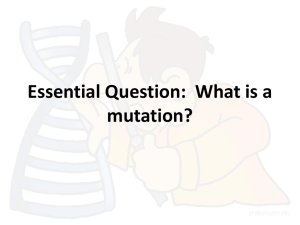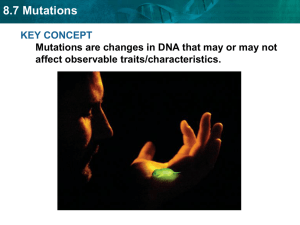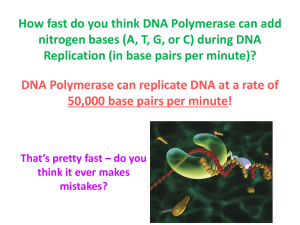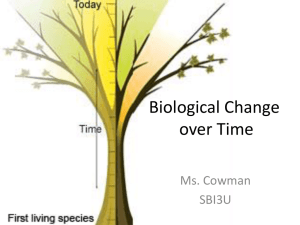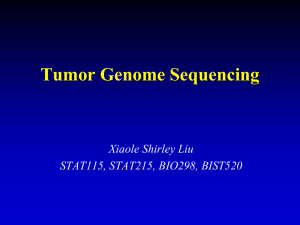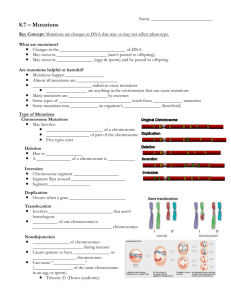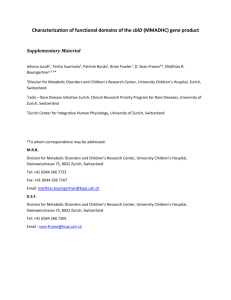HOX assignment
advertisement
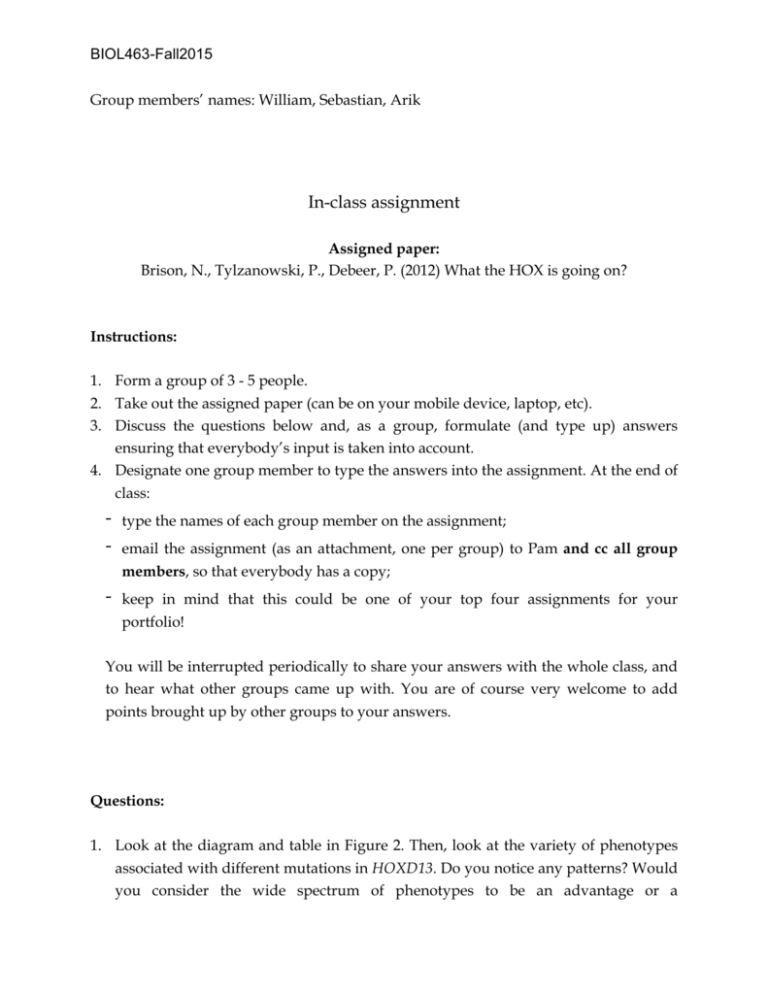
BIOL463-Fall2015 Group members’ names: William, Sebastian, Arik In-class assignment Assigned paper: Brison, N., Tylzanowski, P., Debeer, P. (2012) What the HOX is going on? Instructions: 1. Form a group of 3 - 5 people. 2. Take out the assigned paper (can be on your mobile device, laptop, etc). 3. Discuss the questions below and, as a group, formulate (and type up) answers ensuring that everybody’s input is taken into account. 4. Designate one group member to type the answers into the assignment. At the end of class: - type the names of each group member on the assignment; - email the assignment (as an attachment, one per group) to Pam and cc all group members, so that everybody has a copy; - keep in mind that this could be one of your top four assignments for your portfolio! You will be interrupted periodically to share your answers with the whole class, and to hear what other groups came up with. You are of course very welcome to add points brought up by other groups to your answers. Questions: 1. Look at the diagram and table in Figure 2. Then, look at the variety of phenotypes associated with different mutations in HOXD13. Do you notice any patterns? Would you consider the wide spectrum of phenotypes to be an advantage or a BIOL463-Fall2015 disadvantage of using human mutant phenotypes to investigate the functions and mechanisms of action of HOXD13? There is a pattern; you have several mutations leading to polyalanine expansion in exon 1, truncation mutations and missense mutations in exon 2, the different mutations result in different phenotypes. With several phenotypes due to patterns of mutations, you are able to study the functions of the different regions of the protein. Therefore an advantage. However, since you have several phenotypes from different mutations, it is harder to correlate the mutation with a specific phenotype to specifically determine the function of the gene. 2. Notice how there are only 3 reported mutations in Exon 1 outside the polyAla region, but 6 in the homeobox, even though the homeobox is much shorter than Exon 1. Propose two distinct hypotheses that would explain why this might be. The homeobox (exon 2) is more well studied relative to exon 1. Therefore more mutations have been reported for exon 1. One reason could be that the sequence is shorter. Mutations in exon 1 is lethal, and therefore not subject for examination, since no mutations can be detected. 3. In humans, Hoxd13 looks very much like it is haploinsufficient, and the mutations reported in the paper are typically dominant (or semi-dominant/incompletely dominant/co-dominant, depending on how we look at them) to wild-type Hoxd13. Before you attempt this question, please ensure that everyone in your group knows about the two ‘ways’ in which mutant alleles can be dominant to their wild-type counter-parts (i.e. dominant negatives and dominant due to simple haploinsufficiency) and how this relates to GOF and LOF. a. At the molecular level, how do you think the Hoxd13-expanded polyAla tract mutant exerts its ‘super-dominant negative’? The polyAla tract act as a flexible spacer, the expansion of this region result in a cytoplasmic aggregate that also inhibit, in a heterozygote for this expansion, the wildtype protein from entering the nucleus. Since this mutation Hoxd13 BIOL463-Fall2015 b. The reported mutations in the homeodomain (~ the homeobox) of Hoxd13 typically result in LOFs and in specific phenotypes depending on the particular mutation in question. What does this suggest? Make sure to connect the mechanistic information in the paper with your view of autopod development. Some amino acids are conserved, since some missense mutations in the homeobox result in LOF. This is the case since part of the protein is involved in DNA interaction. Specific phenotype as a result of a particular mutation. The mutation affects the protein interaction with target DNA regions and other co-factors involved by changing the affinity of the different interactions. The result would be a wider number of different phenotypes. 4. A great deal of what we know about the function(s) and role(s) of HOXD13, but also of several other HOX genes, is thanks to the study of families with limb (or other) malformations much through a ‘look’ (including, ‘look for correlations’) approach. a. In addition, and complementing this source of information, we have model systems such as the mouse, where we can selectively mutate our genes of interest in any way we want, and the chicken, which can be locally infected with vectors carrying any gene of interest. We also have the power of bioinformatics. What are the advantages and disadvantages of each system? Advantage: Mouse is a mammal, and therefore closer to humans genetically compared to chickens. Chickens develop faster, faster to study, cheaper. Bioinformatics are applicable in all systems, including humans. Disadvantage: Mice may be more similar to humans genetically, but there are still difference in hox genes so phenotypes observed in mice might not be true for humans. Therefore, studies in these model systems might not applicable to humans. Chickens are more distinct from humans than mice. BIOL463-Fall2015 b. In order for the human data to be used by researchers, the families involved have to provide informed consent. Why do you think families provide/do not provide consent? If they provide consent, what is the benefit for them? What is the benefit/value for the researchers? It could provide information of how the different mutations result in different phenotypes, so it can help understand the disease and develop preventive treatments. This would be in great interest to the families, since they know the severity of the disease and possibly would help prevent it/contribute to treatment development. The researches would gain more knowledge of the disease in human, and the function of the genes, and not only in animal model systems. 5. What did you find most surprising in this review article? That the bone malformation are not more severe, since the mutations effect early stages in development. It could be predicted that the impact of these mutations were greater. What was also interesting is that somehow there is a threshold to the number of additional alanine residues that lead to SPD phenotypes, this suggests that the disease is not just on or off but in a spectrum.
